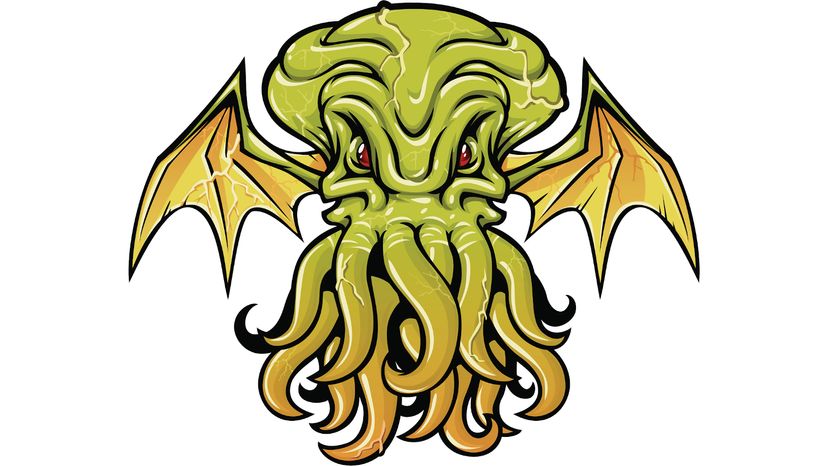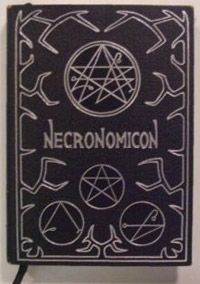
Deep beneath the Pacific Ocean, entombed within the strange stone city of R'lyeh, lies dormant a being of unimaginable power. To even look upon his form may cost you your sanity. He has lain beneath the waters for eons, and will continue to do so until the stars align, whereupon he will awaken and reclaim dominion over the Earth.
He's Cthulhu, and he's one nasty customer. H.P. Lovecraft, one of the most celebrated authors in the genre known as weird fiction, created Cthulhu as part of a larger mythology involving extraterrestrial creatures whose very existence is outside the realm of human understanding. Although Cthulhu is just one of many creatures born from Lovecraft's pen, he has attained a level of notoriety and fame that eludes his horrendous cousins. In fact, some believed him to be the monster in the film "Cloverfield" in the months leading up to its release.
Advertisement
In this article, we'll learn who Cthulhu is, what his relationship is with the rest of Lovecraft's pantheon of monsters and mysticism, examine the Cult of Cthulhu and look at Cthulhu's place in pop culture.
Cthulhu made his first official appearance in the short story "The Call of Cthulhu," written by Lovecraft in 1926, although no living character in the story ever sets eyes on the actual creature. The characters we meet in the story see Cthulhu either in dreams or in artwork. The narrator of the story says that a statue of Cthulhu resembled, in part, an octopus, a dragon and a human-like or anthropomorphic creature. From this description, artists and sculptors have created artwork depicting the monster with a head that looks like an octopus (complete with tentacles) and a massive pair of wings attached to his back.
Lovecraft didn't reveal much about Cthulhu in that first story. He wrote that Cthulhu had once ruled the Earth, and that one day he would do so again. As the story unfolds, the narrator discovers that Cthulhu was trapped in a stone city beneath the ocean, but an earthquake pushed part of the city back above the surface. Although Cthulhu did not awaken, he was able to make contact with the minds of particularly creative or insane people (rational, mundane minds seem to be insulated from Cthulhu's influence). Near the end of the story, the narrator discovers that after a massive storm the city once again sank in the ocean, and Cthulhu apparently lies dreaming once more.
The story also introduces the Cult of Cthulhu, an organization of humans who are convinced that Cthulhu's return is inevitable and work to hasten it. They foresee a time when Cthulhu will rise up and rule over Earth, and mankind will cast aside concepts of civilization and inhibition. Chaos will ensue, and men will revel in their most base instincts.
In the next section, we'll find out why Cthulhu and the city of R'lyeh lie under the ocean -- and why Cthulhu communicates with humans.
